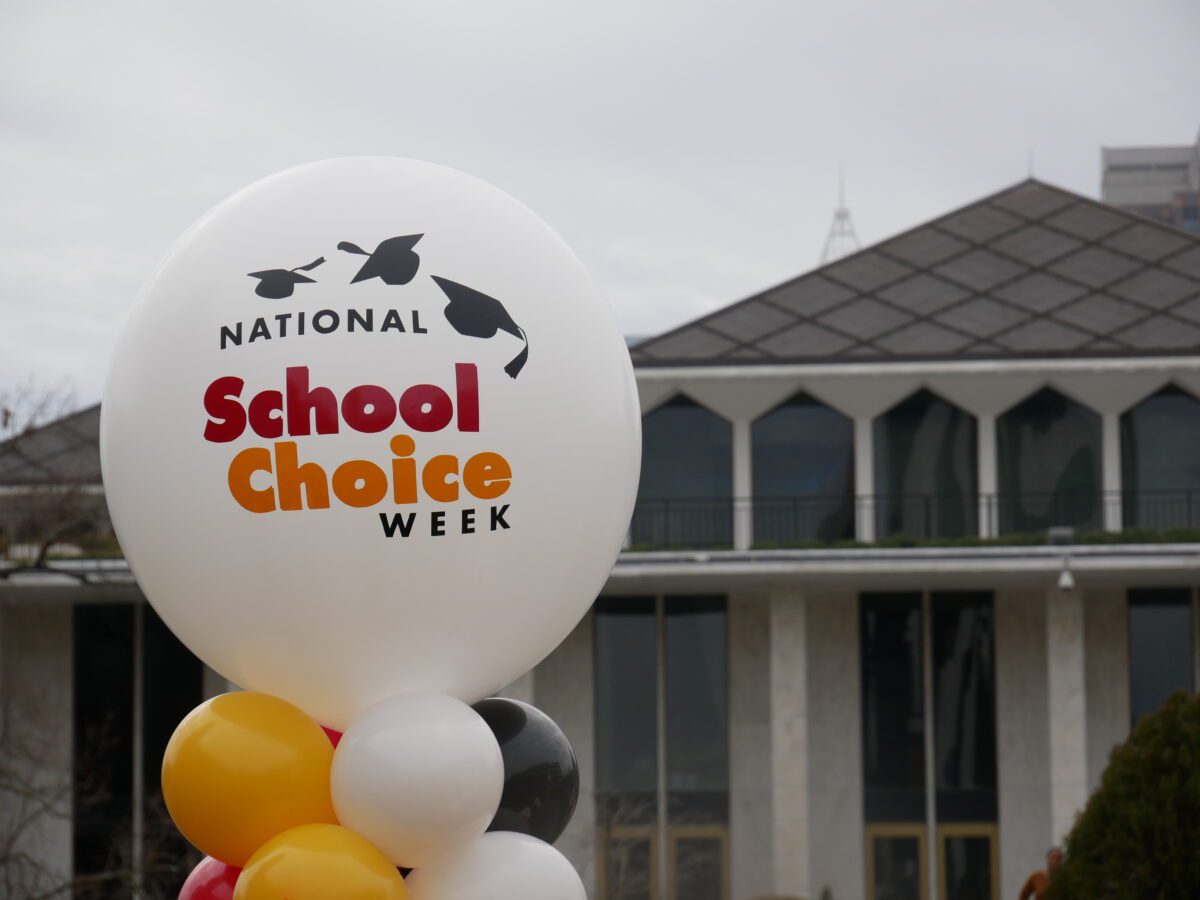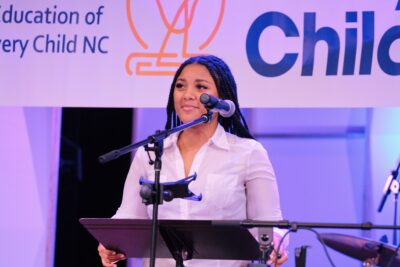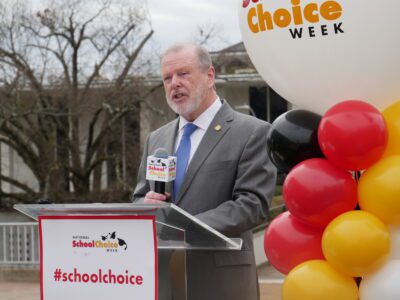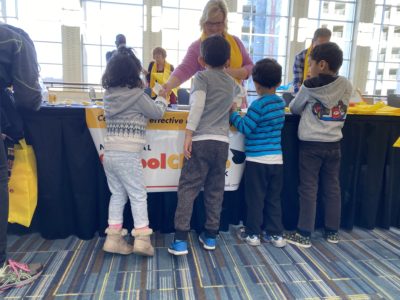
|
|
Many of the parents who applied for an Opportunity Scholarship for their child who has been in public school don’t know that by accepting the state’s voucher, they will be giving up the local and federal dollars invested in their child’s education.
Those dollars don’t follow their child to private school.
Last session, the N.C. General Assembly expanded school choice. It will cost the state $4 billion over the next 10 years.
EdNC previously reported that about 72,000 applications for Opportunity Scholarships were received ahead of the deadline on March 1, 2024. Opportunity Scholarships are state-funded vouchers families can use to pay for eligible private schools.
Families of 13,511 students have now been notified that their student has been offered an Opportunity Scholarship for the 2024-25 school year. All of the families notified of offers were in Tier 1, which consists of households with the lowest income levels and whose student will receive up to the maximum scholarship amount of $7,468 based on the tuition and fees charged by the private school.
What we don’t know is how many of those students were already in private school.
But for the parents of students in public school who may be considering accepting the offer of a voucher, in all 115 school districts across North Carolina, parents who choose the voucher instead of public schools will be giving up local and federal tax dollars currently invested in their child’s education.
Per-pupil expenditure (PPE) — here is the technical definition — is the average amount of money spent to educate a child in our public schools, including local, state, and federal funding. The data was recently released for 2022-23, and data is available for all 115 school districts as well as the state, including and excluding child nutrition.
Per-pupil expenditure for 2022-23
Statewide in 2022-23, the total average PPE including child nutrition was $12,636.60: $2,833.89 in local dollars, $7,596.14 in state dollars, and $2,206.57 in federal dollars, according to Table 24 of the N.C. Statistical Profile.
The highest PPE was $28,940.01 in Weldon City Schools, and the lowest PPE was $10,713.64 in Cabarrus County Schools.
The federal dollars invested in students ranges from a high of $9,454.30 in the Weldon City Schools to $858.97 in Camden County Schools.
The local dollars invested in students ranges from a high of $8,071.47 in the Chapel Hill/Carrboro City Schools to $681.55 in Hoke County Schools.
A parent of a kindergartner in the Weldon City Schools eligible for the highest voucher of $7,468 may be forgoing over the K-12 public school experience as much as $279,136 of taxpayer dollars invested in their child.
These dollars buy services.
In addition to nutrition, transportation, and the classroom and school experience, schools provide comprehensive student support services to support the whole child through school counselors, social workers, and nurses.
These services are provided to all students, including those served across 18 exceptional children programs: intellectual disability, visual impairment, hearing impairment, traumatic brain injury, serious emotional disabilities, developmental delays, learning disabilities, orthopedic impairment, speech/language impairment, autism, other health impairments, and multiple disabilities.
Explore PPE by district below.
How to navigate the data and find the data for your district
Here is a link to the N.C. Statistical Profile, where the data lives.
We use PPE data that includes child nutrition funding because access to healthy food through our public schools is an important benefit they provide.
For that data, click the plus sign by “Financial Information” on the left under Part I: State Summary.
Click on Table 24, Per Pupil Expenditure Data (Child Nutrition Included). You should land here. You can click on those column headings to sort by dollar amount or rank as well as by source of funding, which includes local, state, federal, and total.




